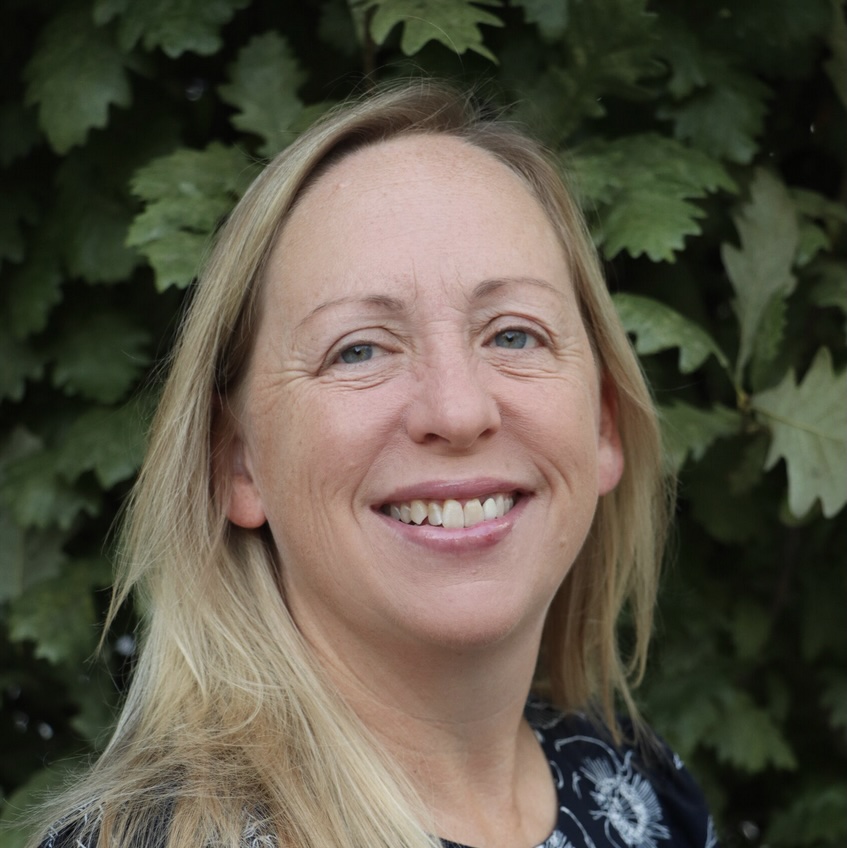Moving a large, complex organization to a single EHR instance is a monumental task. In a cash-strapped industry, figuring out ‘how’ to allocate the necessary resources can be vexing.
The ‘why,’ on the other hand, is pretty clear.
“Having one EHR platform is going to enable us to truly transform the experience for the patients, nurses, physicians, and everyone who uses our technology, and make it better,” said Chris Carmody.
He speaks from experience, as UPMC – where he serves as SVP of the IT Division and CTO – just completed the first wave of a major Epic rollout. And although his team is head-down with assessments and optimizations, while simultaneously preparing for the second round (scheduled for May 2026), they’re already seeing the excitement around having “a foundational system.”

Chris Carmody
It’s a massive transformation for UPMC, which hosted 10 main EHR systems and 7 patient portals prior to Epic, and continues to see more than 43 million ADT transactions per day. “To have that appear seamless across all of those systems and create simplification is going to propel us forward on adopting new technologies and pushing the envelope,” he said. “Because now, we don’t have to make changes in 10 different places. We can make the change once. We can expedite POCs on different technologies and deploy them at a large scale across our environments.”
And those are merely benefits from a technology standpoint. The more compelling objective is around improving patient experience. “Having that one-stop shopping is going to have a bigger impact on care and access. Patients can see whoever they need to see, at their convenience, instead of trying to navigate through different systems and processes.”
Setting up that one-stop shop, however, is a significant lift. And as leaders are learning, there isn’t a universal approach that can be applied across the board. Recently, Carmody spoke with Bill Russell about UPMC’s implementation journey, why it’s important to heed Epic’s advice while also carving your own path, and the “village” required to embark on a major change.
As most leaders know, Epic has a very specific blueprint for moving to a single platform; one of the core tenets is going big-bang with implementations. For an organization as large as UPMC – which includes 21 hospitals and hundreds of clinics – it wasn’t deemed to be the best option. “We’re totally aligned with Epic’s thought process, but we made some tweaks to the roadmap,” he recalled. “Every health system is different. We have different priorities and different communities and patients that we’re serving. And so, you have to be nimble and adjust to what works for you.”
What worked best, in their case, was a multi-phased rollout. Doing so, he reasoned, enabled his team to carefully observe the first wave and identify areas of improvement. “The go-live readiness assessment is a great opportunity to hear feedback directly from those on the front line who are going to have to adapt to the changes we’re bringing with a new system,” he said. “As we iterate on that and get better, hopefully we’ll have learnings that will make it even more effective.”
One lesson they’ve already learned is that embarking on a phased approach requires constant communication. “When you have multiple EHRs and portals, you’re going to have clinical and operational users accessing different systems depending upon who they’re seeing,” Carmody said. “That’s part of the challenge. That’s why communication is so critical.”
Another is the importance of preparation. As UPMC inched closer to the initial go-live, his team was laser-focused on “the details of crossing T’s and dotting I’s to mitigate all risks” and ensure that when the switch was flipped, “we have as smooth of a process as possible.” And while issues will inevitably arise, having solid processes established to manage them can make all the difference.
Not surprisingly, UPMC is leveraging some of the same philosophies with its approach to machine learning and AI technologies. Although Epic’s Art was included in the first wave, they’re also open to other offerings. “When we look at AI, we don’t want to reinvent the wheel,” Carmody said.
But that doesn’t mean they’re opposed to in-house development. In fact, his team has spent the past decade building algorithms around clinical and financial data – and the last 3-4 years re-platforming it into a virtual data layer.
The aim is to be able to minimize data replication, which becomes different with so many technologies coming together. This way, “we control access, but we can still present and aggregate it in a way that a clinical, operational, or financial user can get the insights they need,” he noted. The benefit of having the metadata is that “you can train some of these models and accelerate the process.”
Recently, UPMC launched a voice analytics model – called Vana – that will analyze call center recordings and incorporate natural language processing to develop better processes. “I’m excited to see how it influences operational efficiencies,” he said. “Ultimately, there’s going to be clinical data that we can pull out to better inform our longitudinal records.”
And while they may utilize Epic’s Cosmos dataset – particularly given the opportunity it presents in helping to treat rare diseases – he believes the decision to share data is one that each organization should face individually. “You have to train the model with your data. You have to make it applicable to your environment.”
What he appreciates about Epic, among other things, is the fact that they don’t try to “hard sell” solutions that an organization doesn’t want, or isn’t ready to adopt. Rather, his experience has been positive, which is critical. “They’ve demonstrated their commitment to UPMC, and most importantly, to our patients,” Carmody noted. “They get it. They know how we can transform patient care and improve it, and you see that in the interactions.”
What has also been crucial is Epic’s willingness to work through challenges. “They’ll fly to Pittsburgh and make sure that we overcome issues. It’s been a great journey,” he said. “I’m excited for our future.”

No contributors linked to this article.

Questions about the Podcast?
Contact us with any questions, requests, or comments about the show. We love hearing your feedback.

© Copyright 2024 Health Lyrics All rights reserved